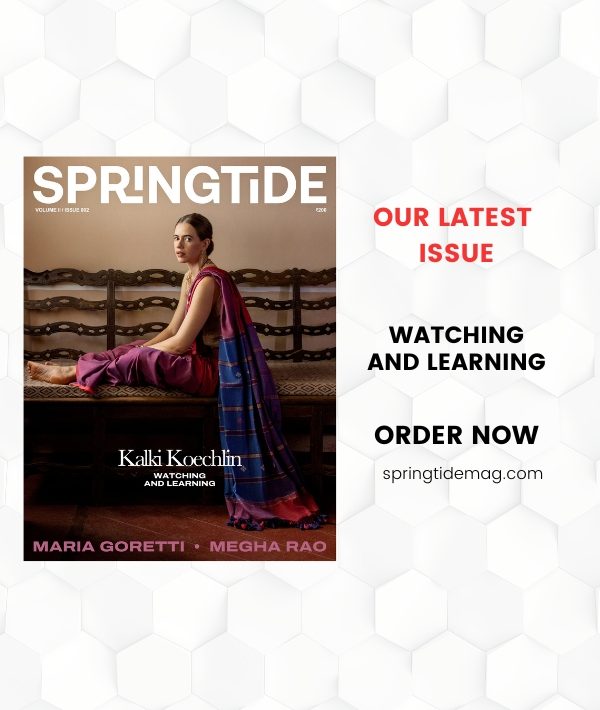The Indian film industry is worth 70 billion dollars. Each year, we release around 2,000 movies in over 20 languages. However, a vast majority of stardom is concentrated among the powerful few – actors, directors, studios and producers alike. Most films don’t go beyond their scripts either because of cultural or monetary impediments. Money comes in when people watch your films; people enjoy cinema when it’s not offensive to them. Therefore, filmmakers suppressed and discarded many ideas.
Anthology films had solved this dilemma by giving artists their creative space. These filmmakers found their niche and an audience who appreciated the films without resenting them. Of late, OTT platforms like Netflix, Amazon Prime, Hotstart and Voot have been investing in anthology films. What is India’s obsession with these movies?
In an interview with Chicagocrusader, Aparna Purohit, Head of India Originals, Amazon Prime Video India says, “The idea for the anthology was born from our shared experience as creative people struggling to work on projects, as content creators striving to make things work, and as humans trying to grasp at whatever human connection we could make”.
Filmmakers wrote stories any way they pleased without relying on their theatrical release to keep their craft afloat. They could talk about stigmatised topics without receiving much flack. Movies were then being produced not just for commercial intent but artistic. OTTs had foreseen the demand and funded them regardless. Actors, who previously weren’t very famous in mainstream cinema, were given opportunities here. These films were much easier to produce, less expensive and required limited resources. This efficiency explains the rise in the number of anthologies during the lockdown.
“The ‘buffet system’ allows access to a versatile group of stories from the same table at the same price and is more logistically durable. Getting talent to commit to short production schedules matches the flexibility to shoot multiple segments simultaneously with separate crews. A web series can take up to two years, and a feature-length film anywhere between six months and a year. So an anthology becomes the easy filler in a prolific content war”, as stated in this Film Companion article.
However, with time, the popularity of anthologies reached the ears of commercial filmmakers. The Indian film industry is now capitalising on these 3+ part short films by assigning them to renowned directors. Karan Johar’s Netflix released Ghost Stories and Lust Stories feature stories of Anurag Kashyap, Dibakar Banerjee and Zoya Akthar. There was little scope for disaster since the trio (excluding Karan) has a cult-like fanbase that will back their movies for their intellectual and three-dimensional themes. In the south, directors like Vetrimaaran and Gautham Vasudev Menon have also contributed to this commercial success. While there is no guarantee of all stories being blockbusters, viewers have the choice of selecting their favorites. Short films that normally wouldn’t gain much appeal are the talk of the town now. The audience not only welcomes these short stories but embraces them as works of art.
However, there has been an overcrowding of anthologies in recent years. Production houses are churning out anthologies by the minute because of their promised financial success. Despite the quality of these films, OTTs purchase them because the audience will lap them up regardless. A batch might have a bad egg or two, but the others are likely to end up as favorites. What once was a purely creative decision is now mostly a commercial one. Regardless of whether the actors and directors are talented or not, they are likely to produce movies that will appeal to the mass audience who have welcomed anthologies. There might be a diamond in the rough, so keep an open mind and an eye out.






Warning: Use of undefined constant ‘url’ - assumed '‘url’' (this will throw an Error in a future version of PHP) in /var/www/html/wp-content/themes/theissue/functions.php on line 143
Warning: Use of undefined constant ‘url’ - assumed '‘url’' (this will throw an Error in a future version of PHP) in /var/www/html/wp-content/themes/theissue/functions.php on line 143